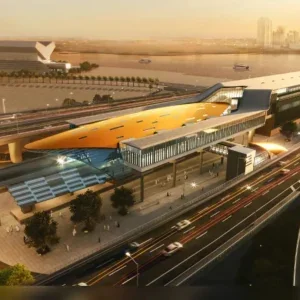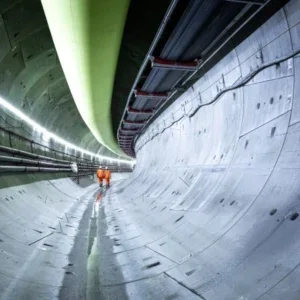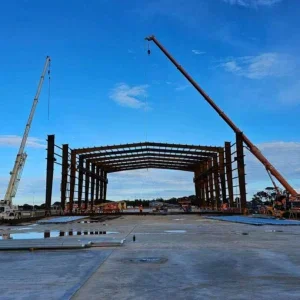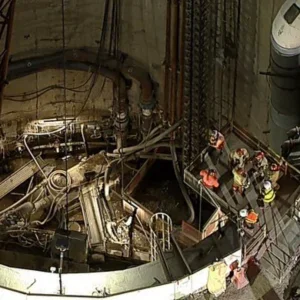The arson attack on an underground train in the South Korean city of Daegu, last month, which killed more than 180 people, has led to criticism of the subway’s safety procedures and prompted Metro operators around the world to speculate how destructive a deliberate fire on their systems could be.
Fire spread quickly on a carriage when a man with serious mental problems set fire to a canister of flammable liquid, while the train was in Jungangno station. The train’s five other carriages were also engulfed, as was another train that arrived at the station after the blaze began. Toxic fumes hampered the rescue team’s efforts to reach the passengers trapped on the subway.
Criticism was quickly levelled at some of the materials used on the trains, which are banned in the United States and Europe. The Daegu subway was built in 1997, a year before safety standards for carriage interiors were introduced. Also, fire safety procedures should have stopped the second train from entering the station – indicating human error.
It soon transpired that there were no sprinklers installed in Jungangno station, and the power system automatically shut down when the fire began, leaving passengers in darkness, and preventing the doors of the carriages from opening.
A tunnel health and safety consultant told T&TI that “self rescue is almost the best approach to safety”. However, Daegu had not even installed emergency lights or luminous exit signs on the subway making ‘self rescue’ difficult for passengers.
Police have arrested a 56-year-old man who admitted starting the fire.







